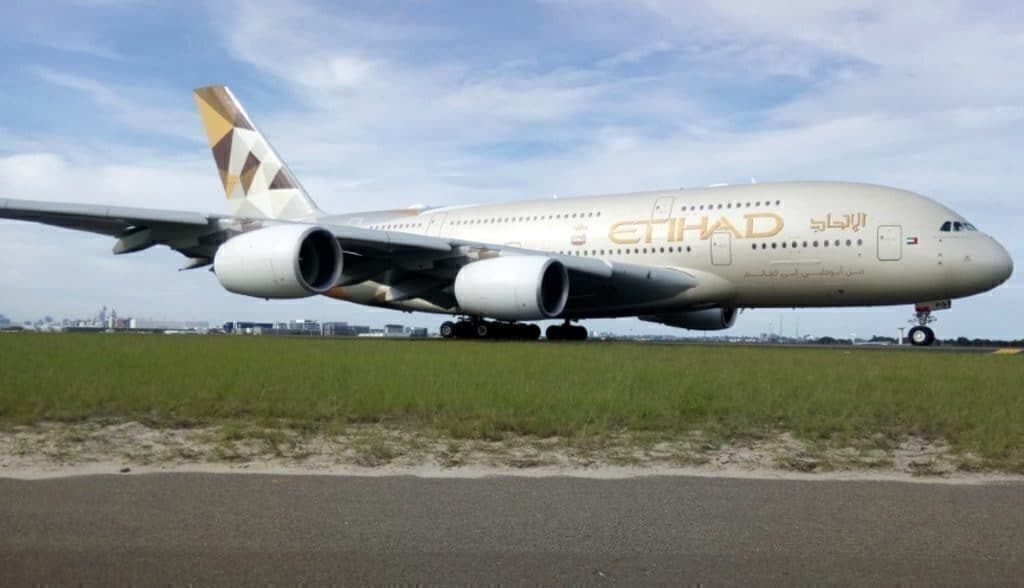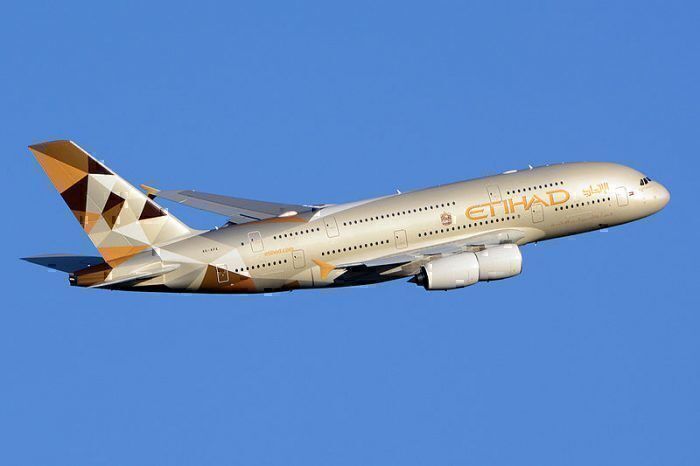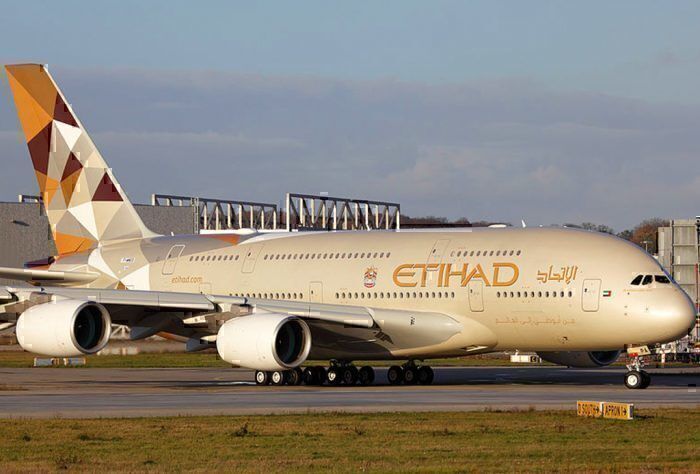The financial woes of Etihad Airways have been well chronicled, but the airline is expecting to return to profitability in 2023. It is still four years away, however, the Abu Dhabi based airline is well into a five-year turnaround program and Etihad’s executives appear confident that it will do the trick and see the airline back in the black.
According to a report in Reuters, Etihad’s Chief Operating Officer, Robin Kamark, made the prediction last week at an aviation conference in Abu Dhabi.
Earlier in 2019, Etihad recorded its third consecutive financial loss. In 2016, the airline lost USD$1.87 billion, in 2017 the airline lost USD$1.52 billion, and in 2018 it lost USD$1.28 billion. Three consecutive years of billion-dollar-plus losses are enough to get anyone’s attention. But at least the numbers are trending downwards.
It was a great party while it lasted
Etihad, like many modern-day Gulf carriers, has a shortish history built on government ownership, deep reserves of oil money, overcapacity, overcapitalization, and hubris. Like a 24-year-old with a shiny new platinum Amex and no sense of restraint, it was a great party while it lasted.
The good times of earlier this decade are well and truly over at Etihad. In 2017 the airline commenced a five-year transformation program in order to improve its financial position. Etihad was forced to scale back its ambitions and adopt a more cautious and strategic approach. Speaking to Forbes in 2018, Etihad CEO Tony Douglas said the airline was entering into a disciplined and measured phase and that growth would be “sustainable.”
A shift in direction at Etihad
One of the first moves was a management shakeout that saw Tony Douglas take over the CEO role from Peter Baumgartner.
Etihad has also attempted to untangle itself from its unsuccessful strategy of buying into struggling airlines. It sold its stake in Darwin Airlines and has stopped tipping equity into others such as Virgin Australia.
Some routes (such as Edinburgh and Perth) were abandoned altogether. On others, capacity on was scaled back to more rational levels. A380s were substituted for smaller more fuel-efficient aircraft. The existing fleet was downsized, albeit by about only 5%. Nonetheless, in aviation, every percentage point matters.
The airline has continued to take in new aircraft as it moves towards a fleet of fuel-efficient, more technologically advanced aircraft and shifts away from older aircraft such as A380s. Robin Kamark told Reuters last week that Etihad had just received two A350-1000s. Interestingly, last month Simple Flying reported that the A350-1000s were heading straight to storage.
Despite many aviation analysts remaining doubtful about Etihad’s long term outlook, the airline is doing its best to put a positive spin on things. Earlier this year, when announcing its 2018 financial result, Etihad talked up some key financial indicators.
The airline noted a 15% improvement in operating performance based on revenues of USD$5.86 billion. It highlighted a 4% increase in passenger yields, driven by fleet optimization and capacity discipline. Despite rising fuel costs, there was a 3% decrease in unit costs. Etihad said since beginning its five-year transformation program in 2017, its core operating performance had improved by 34%.
Even so, Etihad still lost USD$1.28 billion.
Looking forward
Transformation programs in aviation can work in aviation - just look at Qantas. But the fundamental construct on which Etihad was created, big aircraft hubbing and transiting through Abu Dhabi, is not the airline model passengers in the 2020s will be looking for. The trend is towards long-range point to point flights. With only a smallish population, there is only so much demand for point to point travel in and out of Abu Dhabi.
Etihad brought us The Residence. It brought some swank back into flying. It would be great to see it return to profitability in 2023. Whether it can or not is another issue.
Simple Flying reached out to Etihad for a comment regarding their 2023 profit projections but has received no response prior to publication.
What do you think about the long term prospects for Etihad? Let us know and post a comment.



